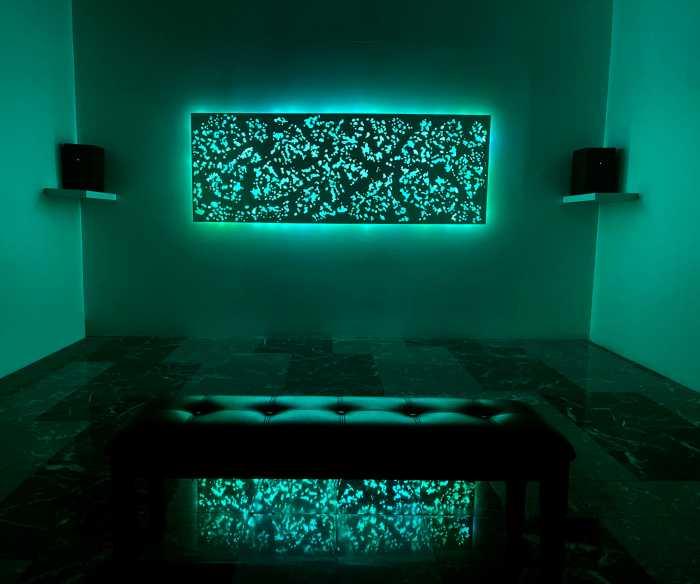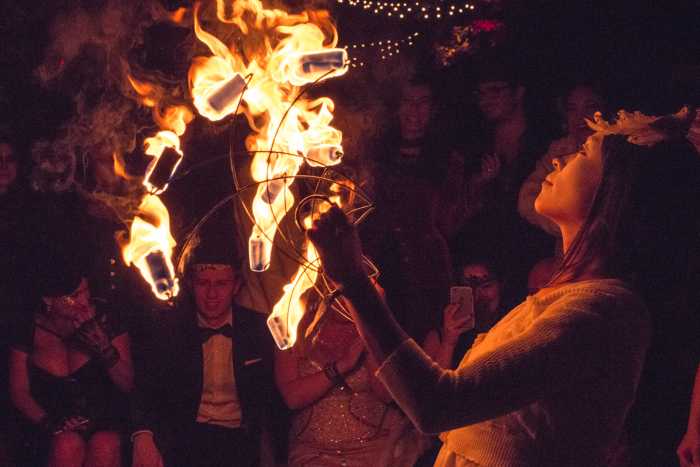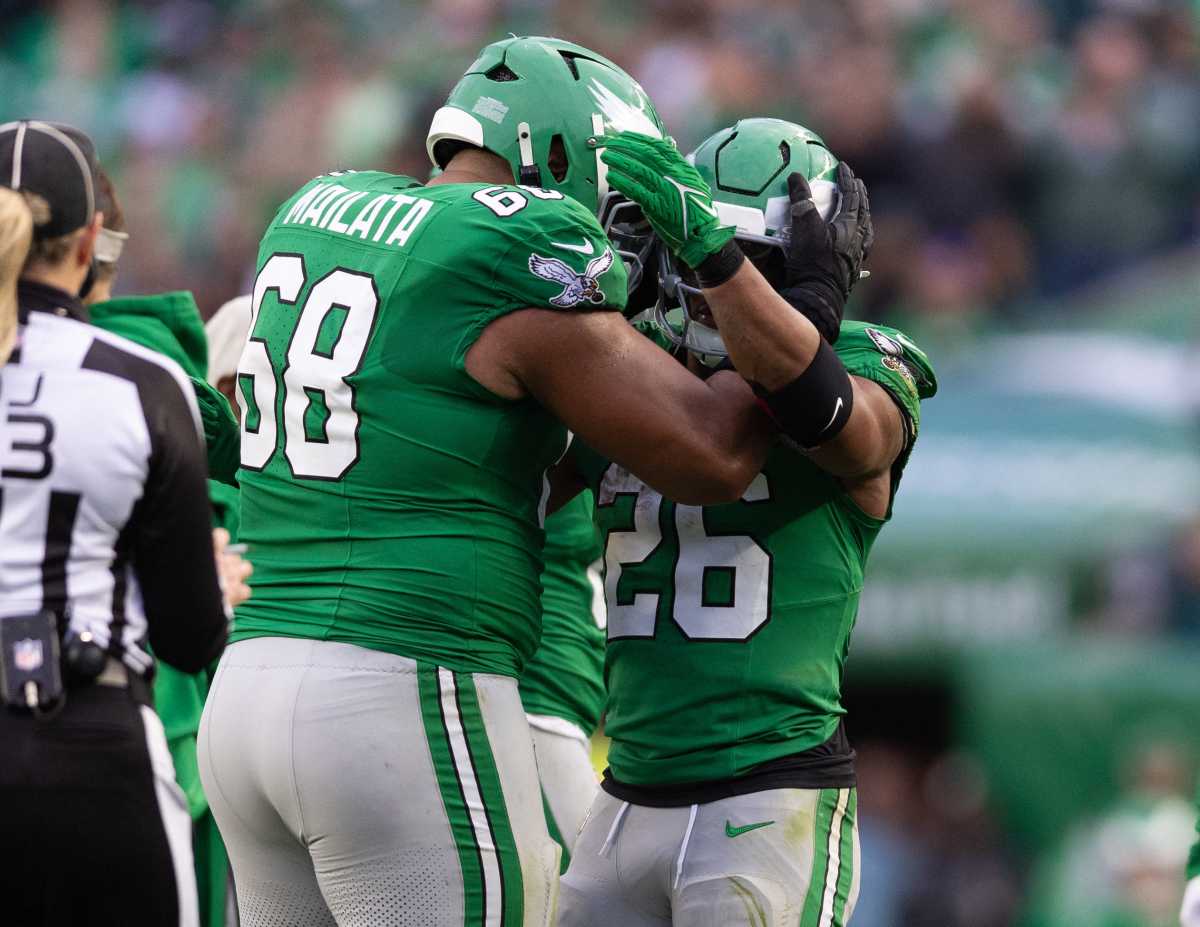What does home mean to you?
That question, and the many possible responses, are what sparked the National Liberty Museum’s latest exhibit: “This Is My Home: Five Artists Five Stories.” The new showcase features five creatives who were tasked with sharing their own histories, experiences and hopes for the future in a personal site-specific installation.
Essentially, the showcase is located in an upstairs portion of the National Liberty Museum, and Philadelphians can make their way through uniquely decorated pods to explore the different interpretations of home, each of which tackles an issue critical to liberty today.
But, the experience actually starts on the first floor of the museum with an additional exhibition from HomeFront’s ArtSpace Program. HomeFront’s main mission is to end homelessness in Central New Jersey by harnessing the caring, resources and expertise of the community. And one of the ways that they try and provide a little bit of extra for those they serve is through this creative program.
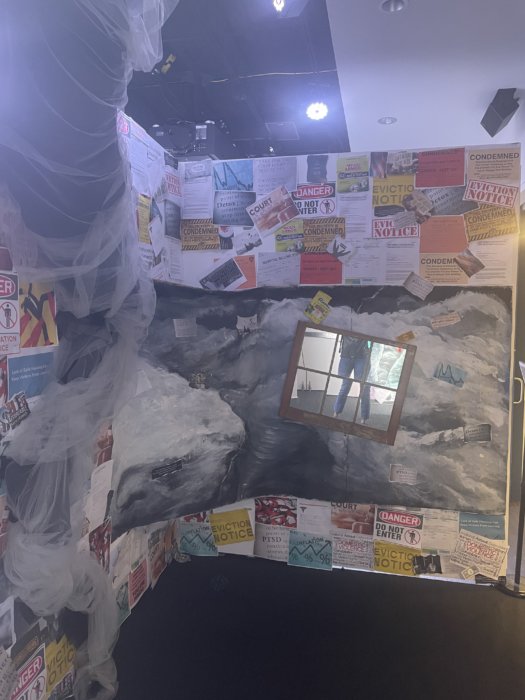
Their website puts it best: “HomeFront believes that for a full and rich life, one that truly breaks through the cycle of poverty, you need more than a roof over your head, food for your belly and a paycheck. The human spirit needs nourishment — the power of life’s richness that gives meaning to our day-to-day lives.”
Titled “Through the Storm: Finding Home,” the showcase — which was created by artists in HomeFront’s program — takes another look at the meaning of home, or really, the lack thereof. The creatives who took part in putting this together have each experienced homelessness themselves and document the “storm” of what led up to their situations.
Right away you feel the power of the exhibit, as you see credit card bills, eviction notices, hospital bills, directions for pain killers and more, which ultimately leads up to a twister (literally) of debt, grief and an overwhelmed feeling. What transpires after, however, is a journey back to what home and security feels like. For some, it’s a comfortable bed, and for others it’s just simply having a toothbrush and a warm place to wash your face.
The idea of “home” is also etched out on paper throughout the showcase, with each participant writing out what the idea really does mean to them. Throughout the various answers, safety seems to be the most recurring term—and that’s something we can all relate to. The immersive experience ultimately concludes with videos from community members of HomeFront and they talk about what the organization has been able to do for them, while also showcasing their personal journey.
After the first part of the new installations at the National Liberty Museum, visitors also have a time to write their own feelings on the idea of home, and they can put it up on a wall alongside other answers. What’s amazing is how similar some of the ideas are, even from virtual strangers.
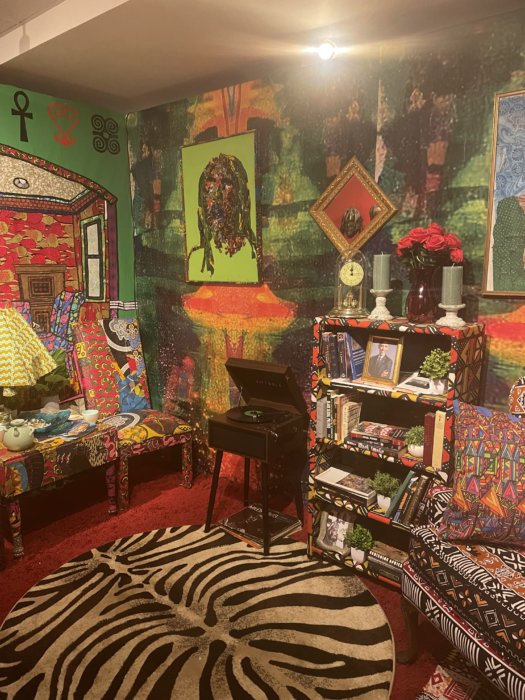
“This Is My Home” then opens up on the second level of the National Liberty Museum, and artists Sean Lugo, Zsudayka Nzinga, Ellen Hanauer, Hagudeza Rullán-Fantauzzi, Ana Mosquera and Evan Kassof create their own personal visions of what they were asked — and they tackle a variety of issues including history, memory, technology, immigration and homelessness.
Nzinga’s portion of the exhibit (“Afro Bohemian”) colorfully shows a multi-generational space, and it symbolizes “the living room you were never allowed to enter” — you know, the one with keepsakes and nice furniture. In Nzinga’s eyes, however, the space represents a lot more than just objects — it showcases parts of her culture mixed in with American influences on top of African patterns, masks and symbols. But it also creates an experience for all of your senses with music playing and incense burning.
As an official description puts it, this style of multitudes displayed in groups reflects a culture that is fresh to exploration and definition. To make it feel even homier, Nzinga’s family helped with the installation, and you can see a photo or two of them on the shelves lining the wall.
Hanaeur’s portion (“The House the Children Built”) differs in visual interpretations. Both of the artist’s maternal and paternal grandparents immigrated from Eastern Europe before War World II by themselves, and this shows what a living space would look like for someone starting out in that generation. Sprinkled in is photographic evidence of how her family have thrived thanks to their sacrifices, and. as both sides of her family together lost 47 people in the Holocaust, this portion is especially meaningful.
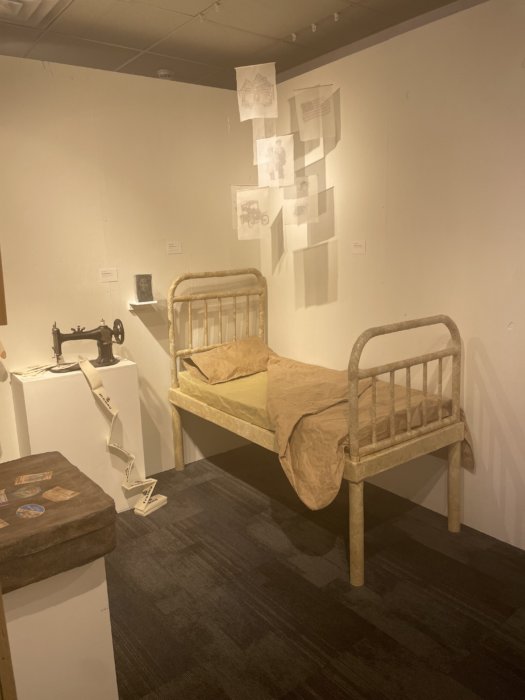
The space is also filled with mementos and symbols of life in a new world, and you can even see faded out “dreams” representing what immigrants likely wished for at night while packing up to succeed in America.
Artists Ana Mosquera and Evan Kassof joined for their own showcase (“Deadflipping”). This one out of all of the spaces is definitely unique. When you enter, you see what looks like a video game surrounded by eclectic wallpaper, and what it represents is cryptocurrency with an immersive twist.
As a release describes, Kassof custom wrote software to continuously layer sound bites as they’re recorded, and the tones are set to fluctuate with the fluctuation of the cryptocurrency stock market value. Mosquera then developed the wallpaper pattern as part of a residency at the Fabric Workshop. The idea ultimately showcases a home created through an unregulatable urge to connect and create.
Lugo’s portion (“Things Fall Apart”) is meant for reflection and contemplation. Lugo, who was homeless at one point in his life, actually puts the visual aspect of his message on the outside of his pod. There, we see a faceless figure (a bear stands in as the head) that could be anyone experiencing this. Below the figure is a representation of hardships in life, and boarded up windows and graffiti tags take shape around it all.
The artist also made a tag for his newborn son on the outside. But it’s through the doorway, which holds nothing but darkness and a sign that you feel something… a hopelessness that can only be matched when you have nowhere to go home to.
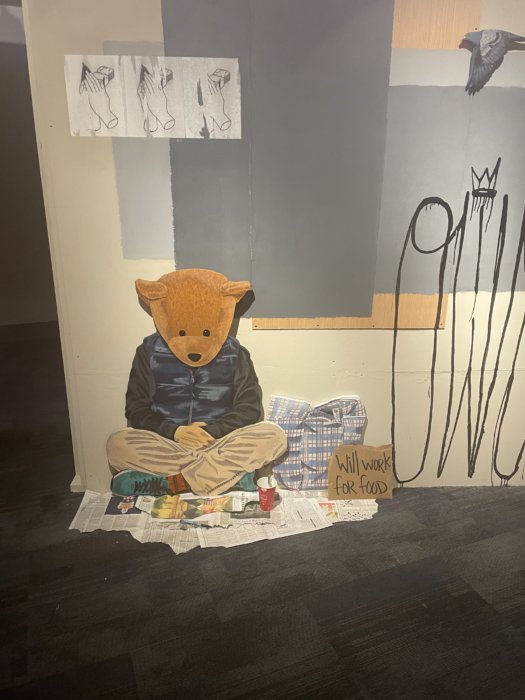
The exhibit at the National Liberty Museum then ends with Rullán-Fantauzzi’s portion (“Después de las Cenizas,” or, “After the Ashes”). The artist and dancer’s home was destroyed in a fire, and it’s represented through burned letters and photos that symbolize personal possessions lost, and some belonged to Rullán-Fantauzzi’s abuela (items which the artist clung to after she died, feeling that she was actually home rather than a physical place).
Video of the fire are actually on display, both during and after the fire. On the side of the exhibit, Rullán-Fantauzzi performs a dance on video, and the emotion shown on-screen resonates and permeates throughout the space.
With “This Is My Home: Five Artists Five Stories” and “Through the Storm: Finding Home,” you’ll find many definitions of the word “home,” and what it can hold. Although versatile and different, we see how similar we all actually are in what we feel deep down.
For more information on the new exhibits at the National Liberty Museum (321 Chestnut St.), visit libertymuseum.org.





